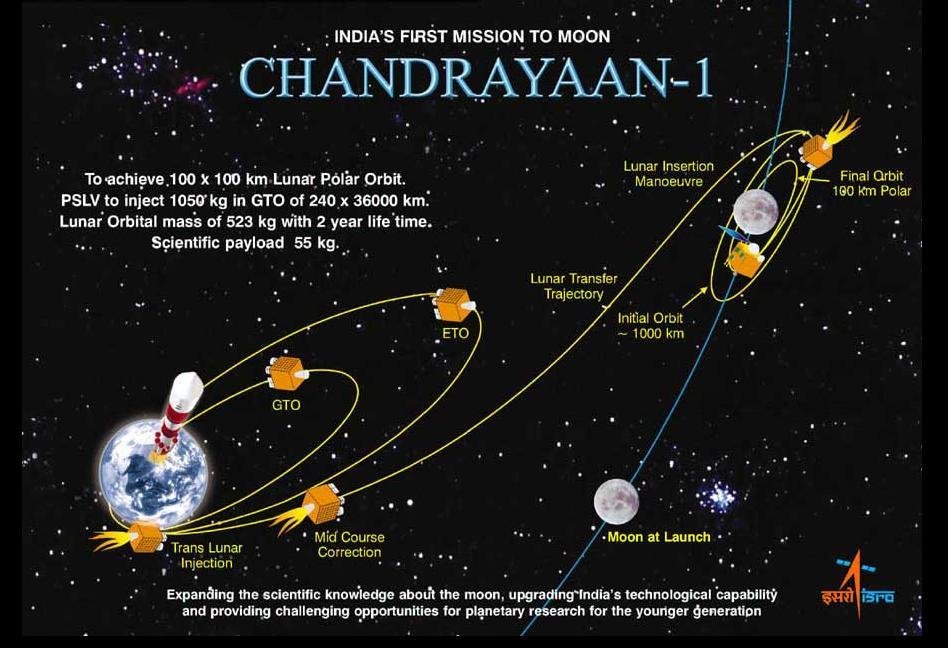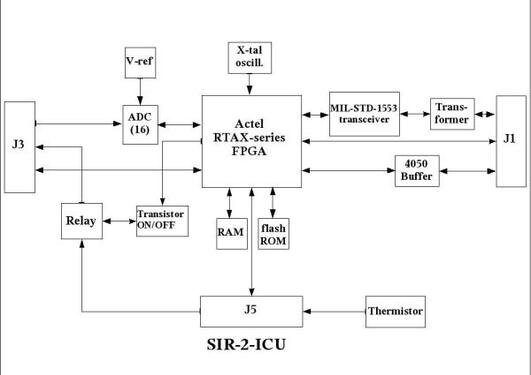SIR-2
Main content
SIR-2 (Spectrometer InfraRed -2) is a highly compact, monolithic grating, Near InfraRead (NIR) spectrometer choosen to be a payload on the Indian Chandryaan-1 first mission to the Moon. The main scientific objectives for this lunar mission is a mapping of the lunar surface reflected sunlight in a wide range of wavelengths in order to study the chemical composition of the lunar surface. Chandrayaan-1 is planned for launch in 2008 and polar orbiting the Moon for a two years period.
The instrument is built in cooperation with Max Planck Institut fur Sonnesystemforschung, Lindau who is the main contractor to ESA who is funding and coordinates the activities with the Indian space organisation ISRO. Space Research Centre at Polish Aceadmy of Science built and delivered the power supply system for the instrument. At UoB the project is a joint effort between Department of physics and tehnology and Institute for geosciences at UoB, where Department of physics and tehnology who defined much of the elctronics, and developed and built the Instrument Control Unit for flight.
The instrument is an improved redesign of the SIR (SMART-1 InfraRed spectrometer) flown on ESA's SMART-1 technology mission to the Moon. The spectrometer covers a range of 930 to 2400 nm with spectral resolution of 6 nm, with the angular resoultion is 2.2 milirad. From several consecutive groundtrack observations an image of the lunar surface will be genrated for the near NIR range. SIR-2 will together with the other Chandrayaan-1 instruments such as optical cameras laser range altimeters for 3-D imaging and other spectrometers, give information for mineralogical and chemical information of the lunar surface which is of great interest for the study of our planetary systems and origin.

